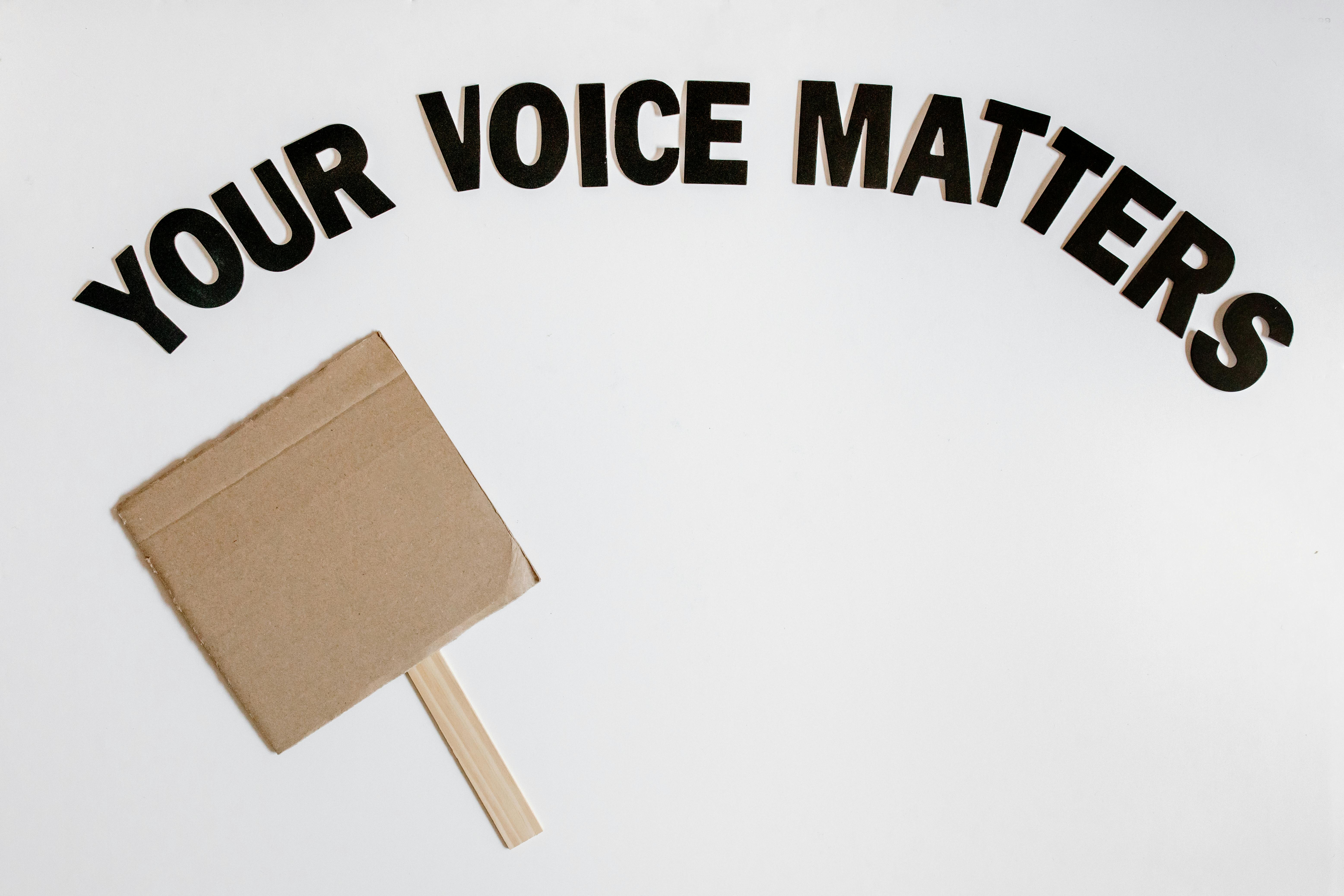Apply Now
Essential Guide to Making Mint Tea for Refreshing Flavor
Mint tea is a delightful and aromatic herbal beverage favored across various cultures for its invigorating flavor and numerous health benefits. From vibrant mint leaves to soothing infusions, this versatile drink can be enjoyed hot or iced, making it perfect for any season. Whether you're a tea enthusiast or a casual drinker, understanding how to make mint tea is key to unlocking its refreshing potential.
In this guide, we will explore various aspects of mint tea, including its preparation, different recipes, and health benefits. By the end, you’ll have the knowledge needed to create your own perfect cup of fresh mint tea. The journey will take you through traditional methods, variations, and tips to enhance your mint tea experience. So grab your tea accessories, and let’s dive into the aromatic world of mint tea!
Health Benefits of Mint Tea: Nourishing with Nature
Mint tea is not only a delicious beverage but also a powerhouse of health benefits. One of the most appealing aspects of mint tea is its ability to aid digestion. Drinking mint tea, especially after meals, can help alleviate discomfort and promote digestive health. The essential oils in mint assist in relaxing the gastrointestinal tract, making it an excellent choice for anyone looking for a natural remedy for digestive issues.
Additionally, mint tea is packed with antioxidants that can help combat oxidative stress and inflammation, contributing to overall wellness. Its cooling properties can also aid in reducing stress and anxiety, providing a calm experience with every sip. By incorporating mint tea into your daily routine, you not only enjoy a refreshing drink but also nourish your body in a holistic way.
With these health benefits established, this naturally leads us to explore the various recipes for making mint tea effectively.
How to Make Mint Tea: Step-by-Step Instructions
Making a perfect cup of mint tea can be straightforward, but it does require some attention to detail. The first step is selecting the right type of mint. Spearmint and peppermint are the most popular choices for brewing mint tea due to their unique flavor profiles. Fresh herbs are recommended for the best infusion, although dried mint can also be used.
To start, begin by rinsing 10-15 mint leaves under cold water to remove any dirt or impurities. Next, heat water to a temperature of about 200°F (93°C) for optimal steeping. Place the fresh mint leaves in a teapot or a heatproof container and pour the hot water over them. Cover the container and allow the tea to steep for about 5-7 minutes, depending on your desired strength.
After steeping, you can strain the leaves and add sweeteners like honey or sugar if desired. For those who prefer a Moroccan twist, consider adding green tea and a sprinkle of sugar for a traditional touch. This brings us to explore various mint tea variations that can enhance your beverage experience.
Mint Tea Variations: Exploring Flavor Profiles
Mint tea can be a canvas for creativity, allowing you to play with flavors and ingredients to suit your palate. One popular variation is Moroccan mint tea, which combines green tea with fresh mint leaves, giving a sweet and aromatic experience. This recipe traditionally includes sugar and spices, providing a rich flavor that complements the mint perfectly.
Another variation is iced mint tea, perfect for hot summer days. To make iced mint tea, brew the hot mint tea as instructed, then cool it to room temperature. Pour over ice and garnish with mint leaves and a slice of lemon for a refreshing drink. The sweetness can be adjusted according to preference, creating a delightful twist on the classic hot beverage.
Additionally, consider making a mint and honey tea. Simply replace traditional sweeteners with honey, which not only enhances the flavor but also adds to the tea's health benefits due to honey's anti-inflammatory properties. Now that we’ve outlined some delightful variations, let’s delve deeper into the art of brewing mint tea at different temperatures.
Brewing Mint Tea: Techniques and Temperature Matters
The method of brewing mint tea significantly influences its flavor and aroma. The temperature plays a crucial role; brewing at the right heat can maximize the extraction of essential oils from the mint leaves, ensuring a vibrant infusion. For a milder taste, use cooler water (around 190°F or 88°C) and steep for a longer period. Conversely, hotter temperatures bring out a more robust mint flavor but require shorter steeping times.
Steeping mint tea shouldn’t be overlooked; the duration can affect the overall sensory experience. A common mistake is to steep for too long, leading to a bitter taste. Typically, 5-7 minutes is considered ideal, but it may vary depending on personal preference and the type of mint used.
Once you’ve familiarized yourself with steeping times and techniques, you can experiment with blending other herbs into your mint tea. Popular companions include chamomile for relaxation and lemon verbena for a zesty kick. As you explore these combinations, it's essential to consider the herbal benefits of each addition to create a well-rounded tea experience.
Serving Mint Tea: Enjoying the Experience
Serving mint tea can elevate the whole experience, so consider your approach. Traditionally, mint tea is served in small glasses for an authentic touch, especially in Moroccan culture. A simple garnish of fresh mint leaves or a lemon wedge can make a striking presentation.
Incorporating mint tea into meals can enhance the dining experience as well. Pairing it with light snacks or desserts complements its refreshing qualities. Consider serving it with dishes that balance sweetness with savory elements, such as fruits or pastries. When hosting, offering various mint tea flavors allows guests to personalize their experience.
For those pursuing a more modern approach, try unconventional serving options, such as mint tea cocktails or using it in smoothies. The possibilities are endless, and the refreshing qualities of mint can add an invigorating twist to traditional recipes.
FAQs About Making Mint Tea: Your Questions Answered
**Q: Can I use dried mint leaves for making mint tea?**
A: Yes, you can use dried mint leaves, though be aware they may require a longer steeping time compared to fresh leaves. The flavor might be less vibrant, but it still makes a delightful infusion.
**Q: What are the best mint varieties for tea?**
A: The best mint varieties for tea include spearmint and peppermint, both offering unique flavor profiles that can enhance your mint tea experience.
**Q: How can I sweeten my mint tea naturally?**
A: You can sweeten your mint tea naturally using honey, agave syrup, or stevia. These options blend well without overpowering the mint flavor.
**Q: Can I have iced mint tea all year round?**
A: Absolutely! Iced mint tea is refreshing and can be enjoyed all year round, particularly on warm days or as a cooling refreshment at meals.
**Q: Is mint tea caffeine-free?**
A: Yes, mint tea is naturally caffeine-free, making it a perfect option for enjoying at any time of day without the jitters associated with caffeinated beverages.
Conclusion: Embrace the Refreshing World of Mint Tea
Mint tea is a delightful herbal drink that sparks joy and refreshment with every sip. With its simple preparation method, diverse flavor profiles, and numerous health benefits, it's easy to see why mint tea is cherished worldwide. Whether you prefer it hot or iced, infused with additional flavors or served traditionally, embracing the world of mint tea allows for creativity and enjoyment.
So, next time you want to unwind or impress guests, remember this essential guide to making mint tea, and savor the refreshing flavors it brings with each cup.




